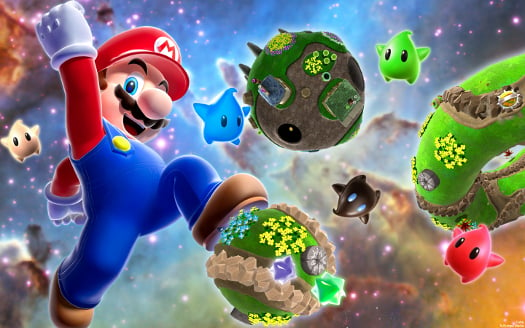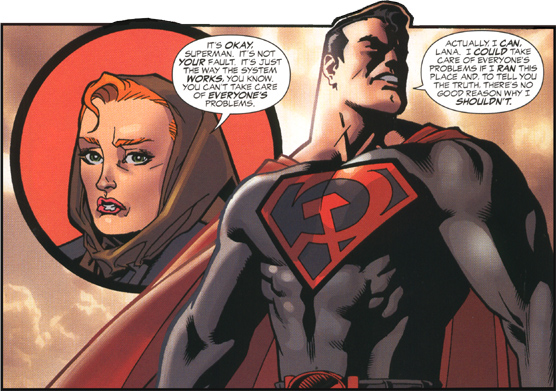
These transmissions reveal the US position on global issues, from Iran’s nuclear programme to members of the Royal Family and the performance of Britain’s politicians. Although their website was initially brought down as the documents were released, The Guardian and The New York Times (as well as several other high-profile newspapers) were provided with access to the documents.
Well, it’s a mixed bag. Though the revelation that US ambassadors have been ordered to spy on UN diplomats is shocking, is it so necessary to reveal that Prince Andrew “arrogantly branded Americans as being ignorant of geography, and [thought] that anorexia sufferers needed to cure themselves”?Definitions of the “public interest” may vary, but many of the cables revealed seem to be in the interest of the gossip-hungry press alone. Though of course much of the press have criticised WikiLeaks’ actions some have come out in support of the organisation, claiming that their actions are necessary since the mainstream press are so afraid to release sensitive information.There is a commonly held belief that journalists should constantly be attacking the establishment and the status quo – breaking laws as they see fit in the pursuit of truth. This is, of course, hardly ever the case. The reality is that if The Guardian had stolen this information themselves there would be little doubt over the legality of publishing the cables. In fact, they would never even attempt such a stunt for fear of legal consequences, no matter what dark secrets may be uncovered in the process.What of the leakers, then? A commitment to freedom of information is admirable, and it’s important to occasionally unveil what the government gets up to, warts and all. I personally salute WikiLeaks for their courage: the world’s governments deserve constant scrutiny, and if the press are bound by legal issues then it’s up to the public to investigate their rulers themselves.






